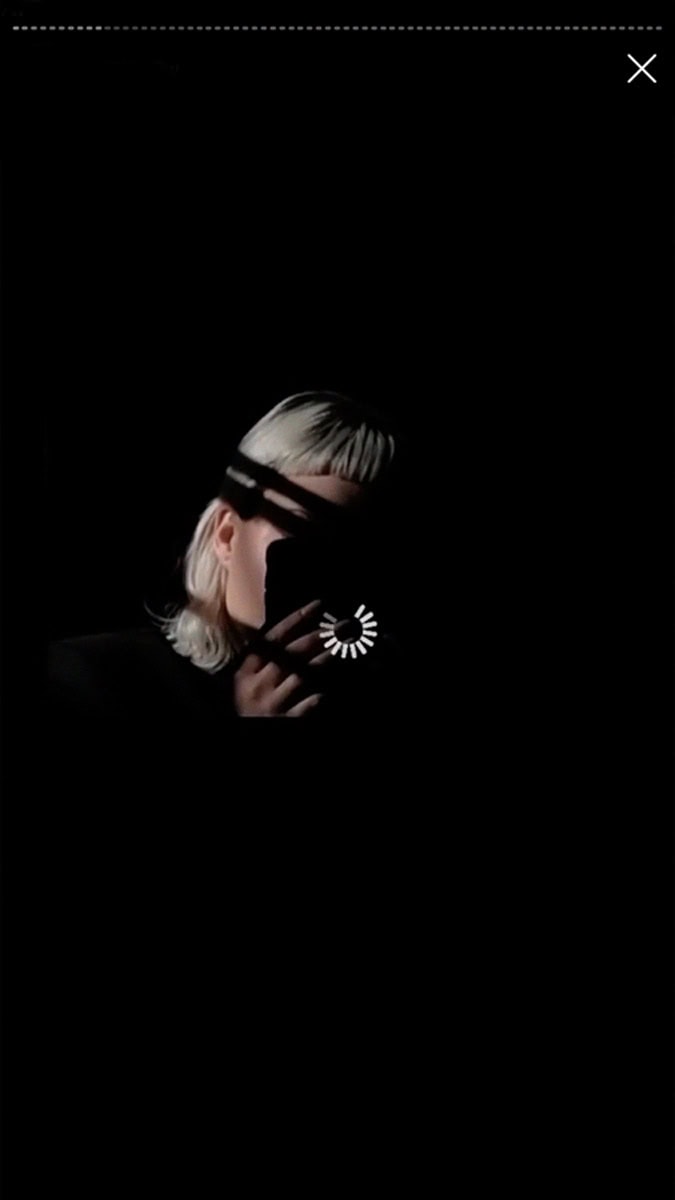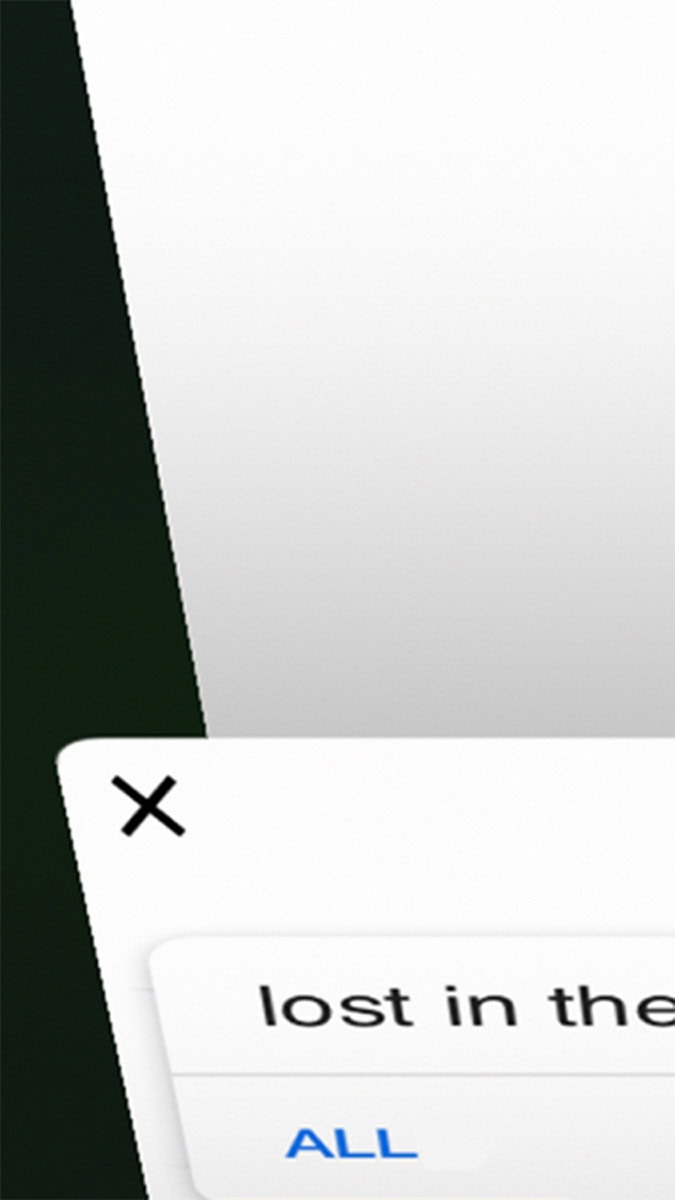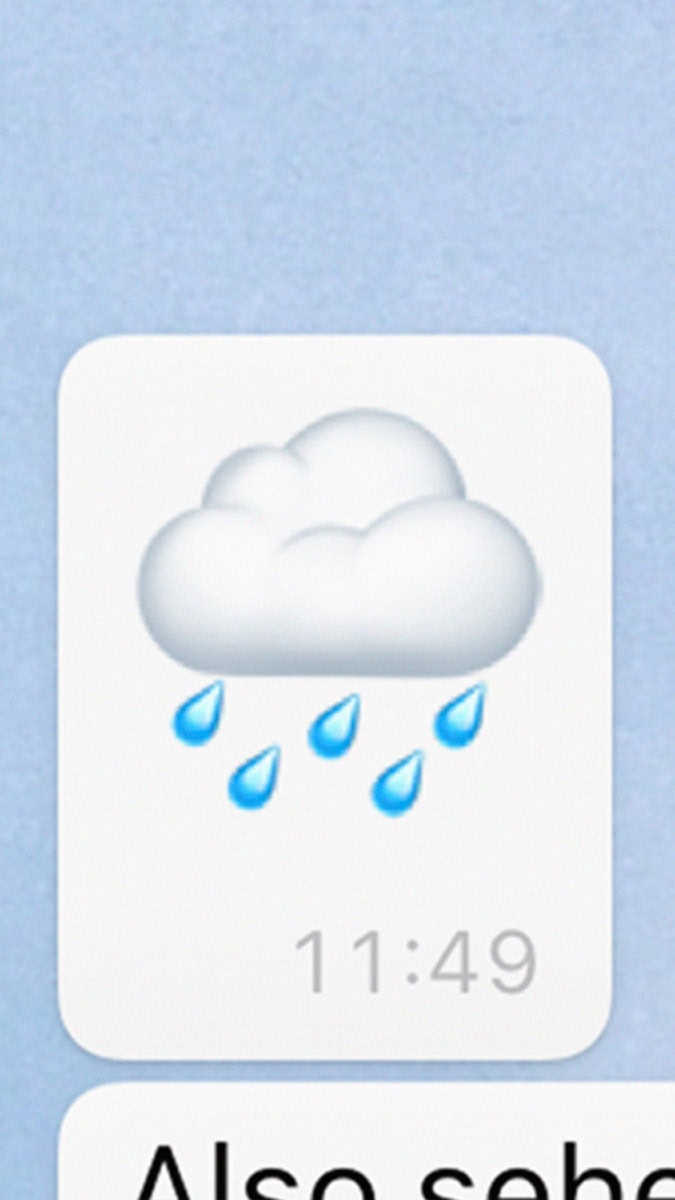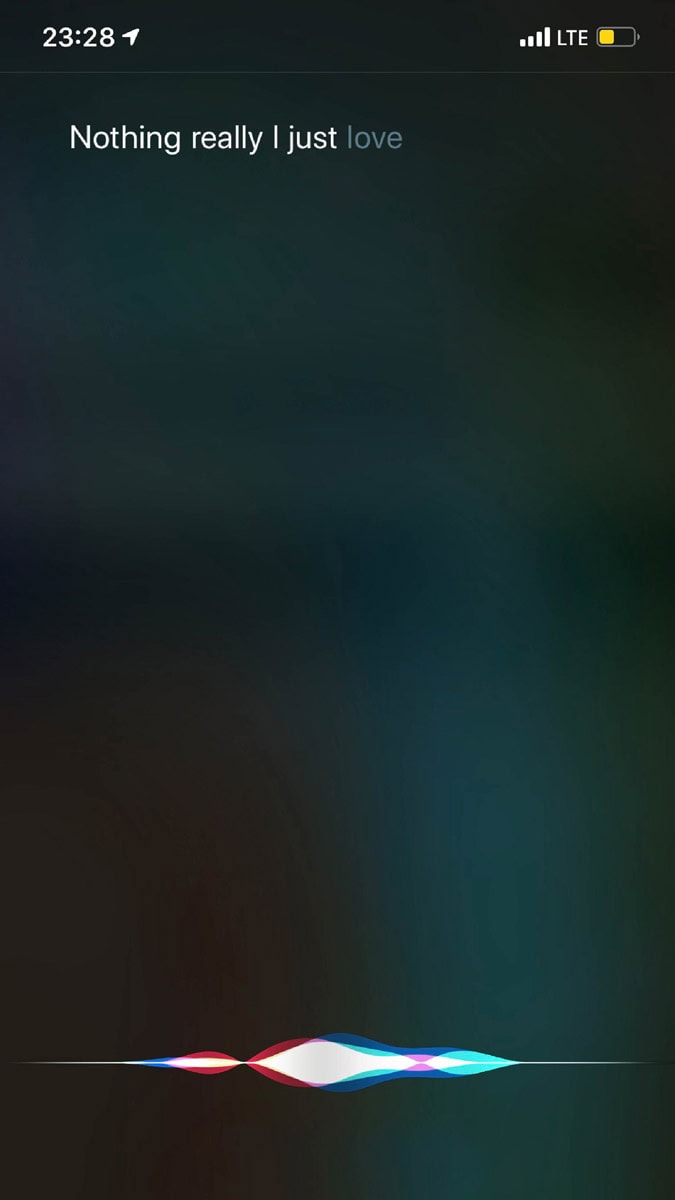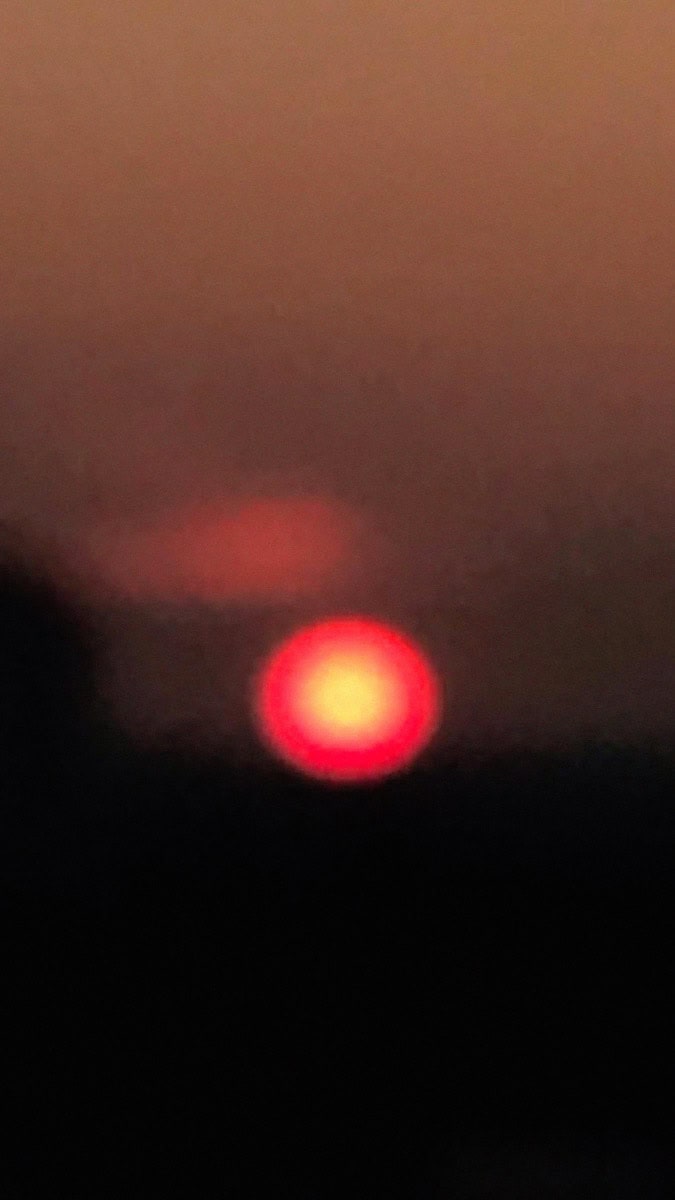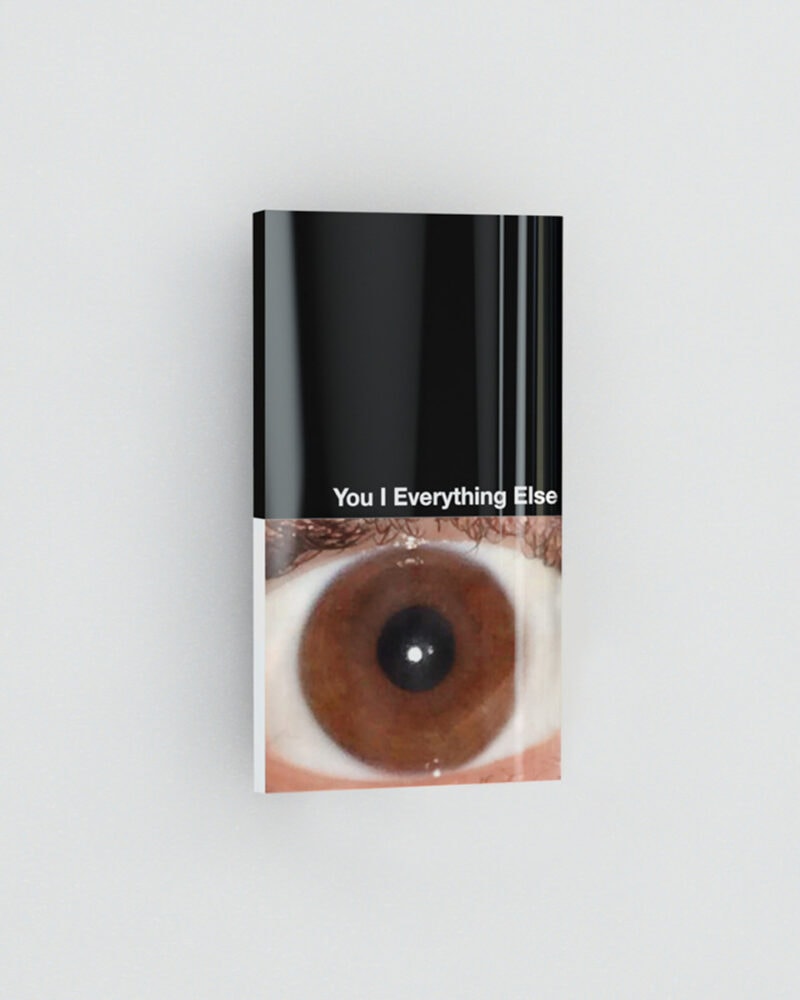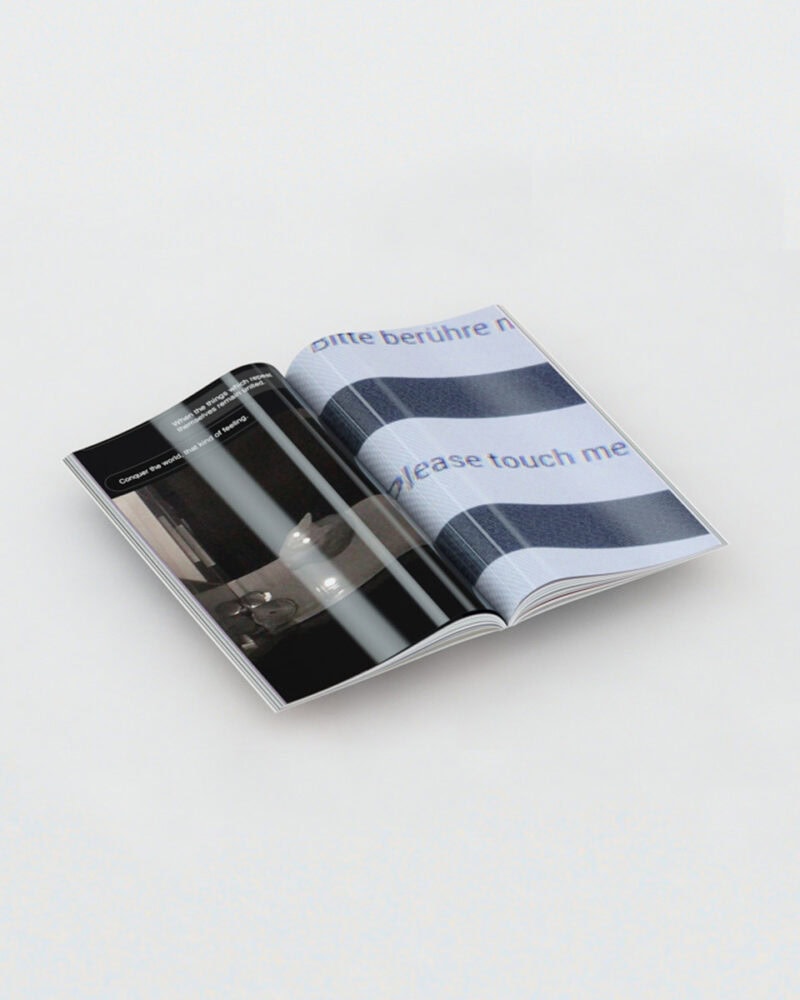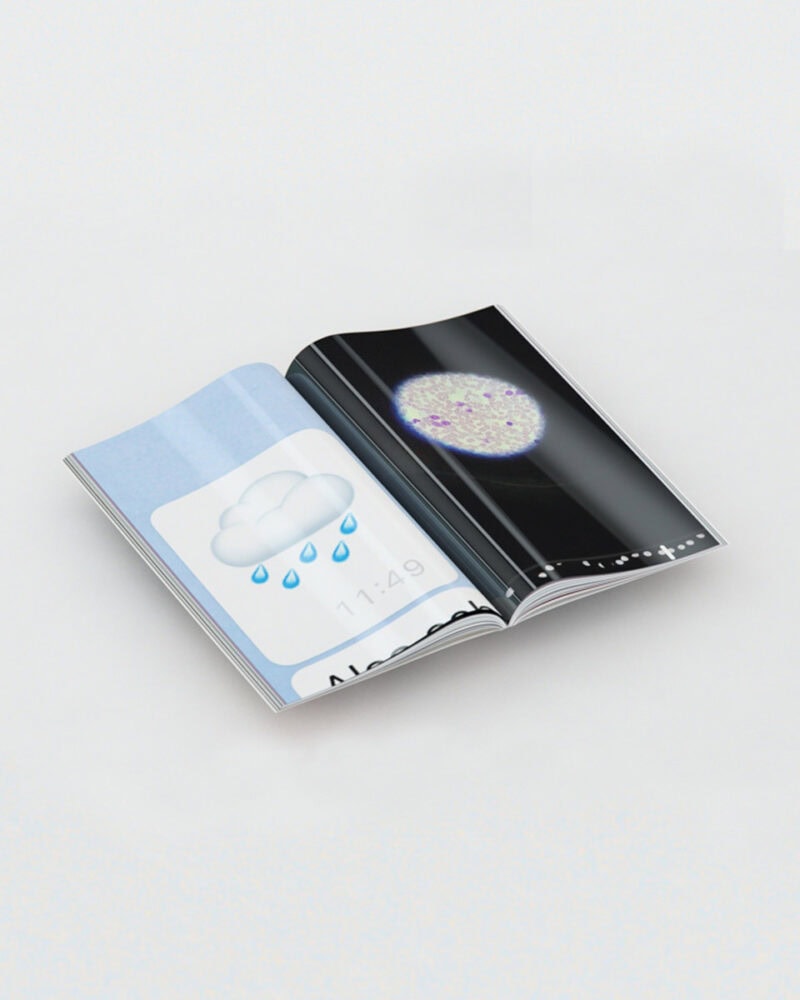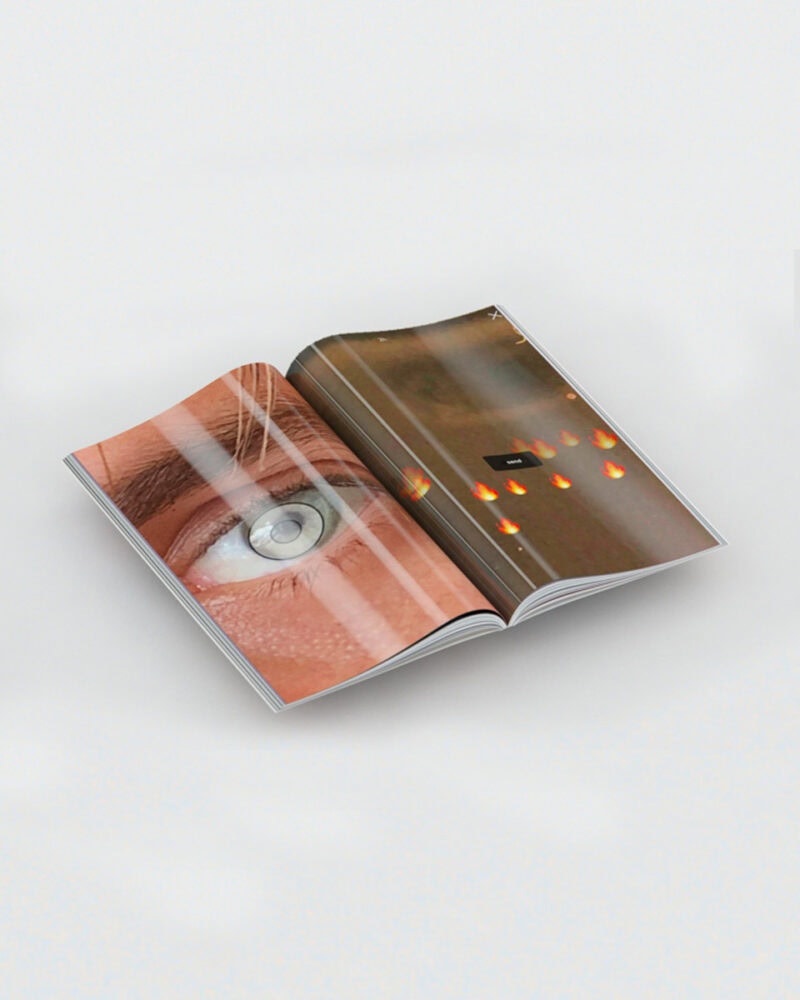Questions On is the video interview format created by C41. It consists of three simple questions addressed to our network of friends, partners and creative minds.
This series will go through Printed Narratives, questioning the role of contemporary publishing in the digital era. This episode features Linn Phyllis Seeger, a cloud-based artist. Operating at the interface between photography, moving image, and 3D animation, Seeger’s work is rooted in digital photographic practices and screen-based media. Examining tools of identity formation, Seeger generates case studies of how to bear up against the abstract spaces of virtuality, and urban landscapes. Linn Phyllis Seeger is a PhD Candidate at the Royal College of Art, London.
Her first book – You I Everything Else – tells about long-distance romance in the digital age. Through screenshots, the artist allows the viewer to take a glimpse within the surface of her phone; a private insight that is usually strictly password-protected and hidden behind a locked screen. The content that is revealed is strikingly relatable: scraps of text messages, search engines, maps, video stills, and emojis portray the visual chaos of modern-day correspondence. However, the imagery is fragmented, stretched and enlarged until perfectly pixelated… As if trying to get close to something but ultimately failing. The pages of the book, printed on extra glossy paper and treated with UV varnish, admit the reader no option but to leave their fingerprints on each page, to become part of somebody else’s story – one that could just as much be their own.
«We’re still exiled in my dreams». What happens in the post-digital romance you depict in the book? Is digital experience itself a kind of exile?
I’ve just published my first photo book, You I Everything Else, with Skinnerboox. It’s a book that consists exclusively of screenshots, chronicling a digital correspondence through screengrabs of interfaces, search engines, maps and video stills. These visuals are accompanied by chat bubbles with quotes from actual text messages, but they are then rearranged and decontextualised and become this highly symbolic sort of lyrical fragments in itself. In one of these micro dialogues, it says «My eyes hurt, we’re still exiled in my dreams», which is the phrase the first question addresses, and the question was «What happens in the post-digital romance depicted in the book? Is digital experience itself a kind of exile?». In the book, I’m allowing the viewer to glimpse into my phone with just and insight that is usually strictly password protected and hidden behind the lock screen. Through screenshots, I’m revealing what is happening inside my device, which is an intimate conversation, in which images, locations, emojis, all evoke the sense of one coherent love language, amalgamated in some sort of ecstasy of communication. Although the book has two distinct protagonists – the you and the I – it is about neither of the two, but in fact about rather the experience of physical distance itself and virtual intimacy and the impossibility to be together. So when it says «We’re exiled in my dreams» I don’t mean that this digital experience I’m describing in the book is some sort of exile, although I’m fine with that being read as such, I think that the book has the capacity to be understood as many things or it has the capacity to be some sort of projection surface and I’m totally fine with that. In this case, however, it is not my dreams that are digital, but in fact the reality I’m creating and the reality I’m sharing and inhabiting with somebody is a digital one, so actual togetherness was something that would rather be dreamt about than experienced, and so in a way that’s kind of where we were, maybe exiled.
Screenshots are just like ready-mades – a way to zoom in and out of reality. Do you think they could be considered a new form of photography?
Regarding the second question, which looked at screenshots and the way I utilised them as some sort of new way of photography. I come from a very traditional photography background and so for me, the screenshot is therefore the way I photograph inside the digital space. It does feel absolutely natural to me, as someone who comes from that photography background, to photograph in a space I spend most of my time in and that space happens to me digitally. I wouldn’t say screenshots are ready-mades though. I mean of course you work with digital material that is already there, but that’s kind of the same with physical environments, that you don’t create from scratch. You move around urban spaces for instance and react to things that draw your attention and that is something that already exists out of an instantaneous impulse, and rearrange it only in a certain frame afterwards.
Publishing could be seen as an anachronistic practice. Why do you think it could still have a role in shaping contemporary visual culture? Is printing a way to return images to where they belong?
Regarding the third question, that was looking at publishing and why or whether I think that it could still have a role in shaping contemporary visual culture today, and whether printing is a way to put images back to where they belong – on a printed page. In this work, in my book, a real-life romantic encounter was transformed into a digital experience, that was captured and again then materialised into the physicality of a book, of which you and probably most of the people who are watching have only seen digital images online. The shape shifting of this romantic experience is part of the whole process of understanding for me. I wanted to make a book because I wanted to situate this experience and the correspondence in some sort of tradition of romantic narration, referred to format like love letters and novels, and create the idea that there’s a sort of chronology, a sense of time, a beginning, a story that unfolds and eventually comes to an end. I think publishing in general nowadays becomes even more important actually since we’re in a digital age, because this creates the spaces for images to be not where they necessarily belong, but where the photographer can be in charge of the way they’re read – like in a certain sequence, at a specific point, within a narrative and in a particular page. That is very different from the way images are consumed online and I’m not saying that is right or wrong, better or worse, but in publishing the effort is having very distinct ways of conveying stories through like an orchestrated arrangement and sequencing of images which has been for a long time, and continues to be, a quite important and valuable medium for image makers today.
Credits:
Featuring: Linn Phyllis Seeger
Curated by Robin Sara Stauder
Editor: Alice De Santis
Visual: C41.eu
